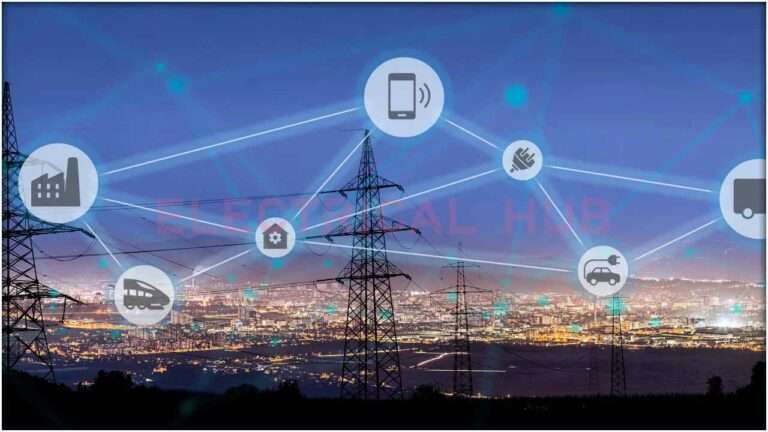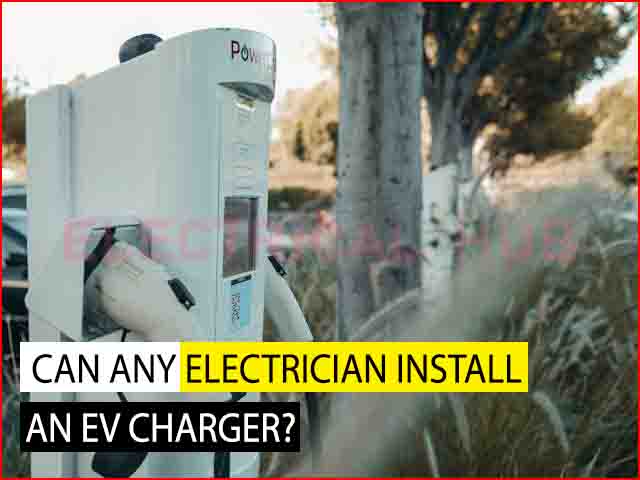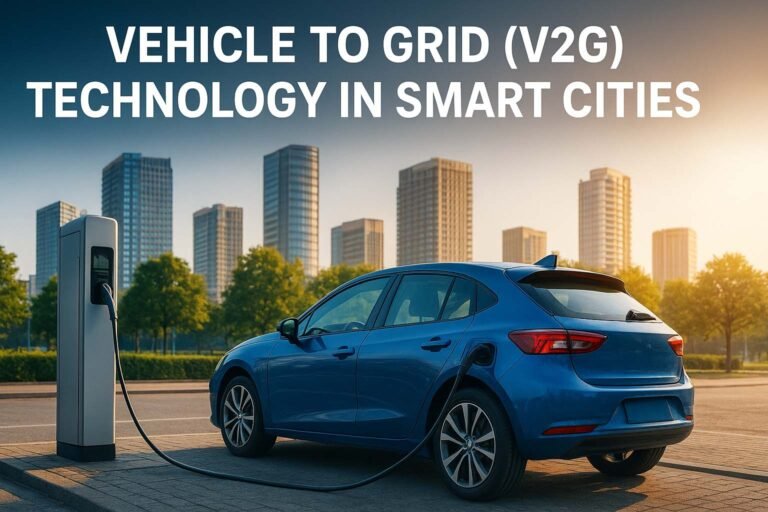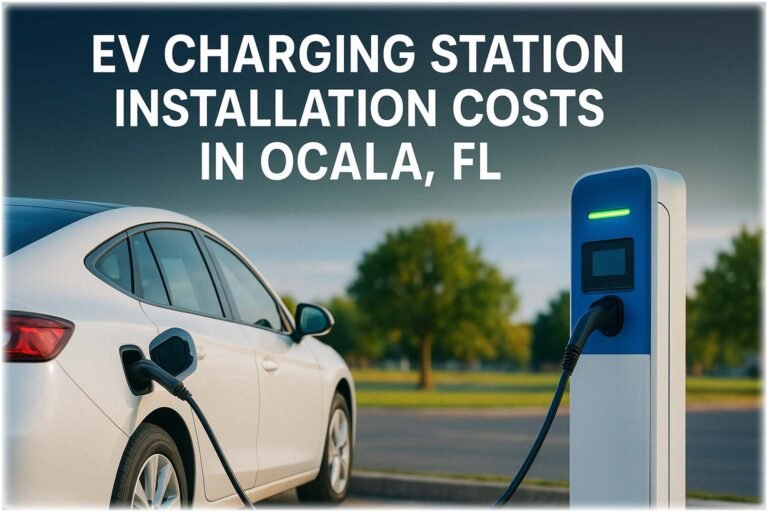Load Balancing Strategies for EV Charging Stations
Understanding EV Charger Load Management
The demand for electric vehicle (EV) chargers is rising fast. With more EVs on the road, charging stations must handle higher loads. EV charger load management is the process of controlling the electrical power distributed among multiple EV chargers. It ensures the total load does not exceed the power capacity of the site.

Without proper load management, EV stations can overload circuits. This may lead to power outages, tripped breakers, or even damage to the electrical infrastructure.
Key Takeaways
- EV charger load management is essential for grid stability and cost-effective operation.
- Dynamic load balancing EV systems improve efficiency by distributing charging power based on real-time demand.
- Smart EV load system integration can prevent power outages and reduce electricity costs.
- This article explains how EV charging stations manage loads using modern technology.
- Technical insights, practical applications, and key challenges are covered in detail.
Why Load Management is Critical for EV Infrastructure
Managing loads helps in:
- Avoiding peak demand charges
- Preventing overloading of transformers
- Improving charger availability
- Extending equipment lifespan
- Supporting grid stability
For commercial and residential setups, a well-implemented smart EV load system can reduce energy bills while ensuring user satisfaction.
Know more about Single Phase vs Three Phase EV Charger Load Requirements
Types of Load Balancing for EV Chargers
1. Static Load Balancing
In static load balancing, the total available power is divided equally among all chargers. This approach is simple but not efficient. If only one EV is charging, it still gets just a fixed portion of the total power.
Pros
- Easy to implement
- Predictable load sharing
Cons
- Wastes unused capacity
- Not scalable for variable loads
2. Dynamic Load Balancing EV System
A dynamic load balancing EV system adjusts the power distribution based on demand. It continuously monitors real-time power usage and reallocates charging power to active vehicles.
For example, if one car is charging and another finishes, the system shifts more power to the remaining vehicle.
Know more about load calculation for ev charger
Benefits of Dynamic Load Balancing
- Maximizes available power
- Prioritizes vehicles that need faster charging
- Supports energy-efficient operations
Typical Use Cases
- Commercial EV fleets
- Office building chargers
- Multi-unit residential buildings
Comparison Table: Static vs Dynamic Load Balancing
| Feature | Static Load Balancing | Dynamic Load Balancing EV |
|---|---|---|
| Power Distribution | Fixed | Adaptive |
| Efficiency | Low | High |
| Scalability | Limited | Flexible |
| Cost Savings | Minimal | Significant |
| Installation Complexity | Simple | Moderate |
Know more about How to Calculate Load for Multiple EV Chargers in Apartment Buildings
Components of a Smart EV Load System
A smart EV load system is more than just a charger. It is a complete energy management solution that includes:
- Smart Meters – To track power usage in real-time
- Load Controllers – To regulate power distribution
- EVSE (Electric Vehicle Supply Equipment) – With built-in communication modules
- Energy Management System (EMS) – The brain that manages data, priorities, and actions
- Cloud or Local Servers – For control logic and analytics
These components work together to ensure that the total current drawn does not exceed the site limit. This is especially important in areas with limited electrical infrastructure.
How Dynamic Load Balancing Works Technically
Let’s look at a technical example.
Suppose a charging station has a 100 kW power limit and 5 chargers. Here’s how dynamic load balancing works:
- Initially, 2 vehicles plug in. The system divides 50 kW each.
- A third car arrives. The system redistributes the power to ~33 kW each.
- One car completes charging. Remaining cars get ~50 kW each again.
This system uses real-time communication protocols like OCPP (Open Charge Point Protocol) to coordinate with chargers.
Technical Parameters to Consider
| Parameter | Description |
|---|---|
| Max Site Power (kW) | Total available capacity from the grid |
| Charger Max Rating (kW) | Peak power each charger can deliver |
| Number of EVs | Total cars charging simultaneously |
| Real-Time Load (kW) | Current consumption of all loads, including HVAC, lighting, etc. |
Smart systems dynamically throttle power based on these values.
Know more about Battery Energy Storage System Design and ROI
EV Charger Load Management Strategies in Real-World Scenarios
A. Residential Buildings
In multi-family residences, multiple EVs may charge overnight. With smart EV load system in place:
- Load is balanced among units
- Charging is scheduled during off-peak hours
- Power is adjusted based on home energy usage
B. Commercial Parking Lots
Workplace charging stations see peak demand between 8 AM and 10 AM. Dynamic systems help:
- Delay low-priority charging
- Use battery storage to support the grid
- Alert users when their car is fully charged
C. Fleet Charging
Electric delivery vehicles require overnight charging. Using EV charger load management, fleet operators can:
- Optimize load schedules
- Balance load based on vehicle priority
- Reduce peak electricity costs
Benefits of Smart EV Load System Integration
When you integrate a smart EV load system, you get:
- Grid Compliance – Avoid penalties for exceeding limits
- Lower Operational Costs – By reducing demand charges
- Higher Charger Uptime – No tripped circuits or overloads
- Improved User Experience – Faster and predictable charging
Know more about 7kW EV Charger Cost
Environmental Impact
Smart load balancing indirectly reduces emissions by:
- Avoiding power waste
- Supporting renewable integration
- Reducing the need for fossil-fueled peaker plants
Challenges in Implementing Load Balancing for EV Chargers
Despite the benefits, some challenges remain:
- Initial Setup Cost – Smart systems require investment in hardware and software
- Interoperability – Older chargers may not support communication standards
- Load Forecasting – Predicting usage patterns is still an evolving science
- Cybersecurity Risks – Systems connected to the internet are vulnerable if not secured properly
Future of EV Charger Load Management
As EV adoption grows, dynamic load balancing EV systems will become the norm. The future trends include:
- AI-based Load Prediction
- Vehicle-to-Grid (V2G) Support
- Blockchain Energy Transactions
- More Regulatory Standards (ISO, IEC, EN)
Utilities may start offering incentives for managed charging, rewarding users who plug in during low-demand hours. Energy storage systems and solar integration will make load management even more efficient.
Know more about Portable EV Charger Level 2
Conclusion
EV charger load management is no longer optional—it is essential. With growing demand on the grid, charging stations must be intelligent and adaptive. Using dynamic load balancing EV systems ensures reliable, efficient, and cost-effective charging.
Installing a smart EV load system not only reduces strain on infrastructure but also prepares the charging ecosystem for the future. Whether for homes, offices, or fleets, smart load management is the backbone of scalable EV infrastructure.
Follow Us on Social:
Subscribe our Newsletter on Electrical Insights to get the latest updates in Electrical Engineering.
#EVCharging, #LoadBalancing, #SmartCharging, #EVInfrastructure, #EVChargerLoadManagement, #DynamicLoadBalancingEV, #SmartEVLoadSystem, #EVFleetCharging, #ElectricVehicleCharging, #EVLoadOptimization, #GridFriendlyCharging, #EVStationDesign, #EVChargerNetwork, #GreenMobility, #SustainableTransport






